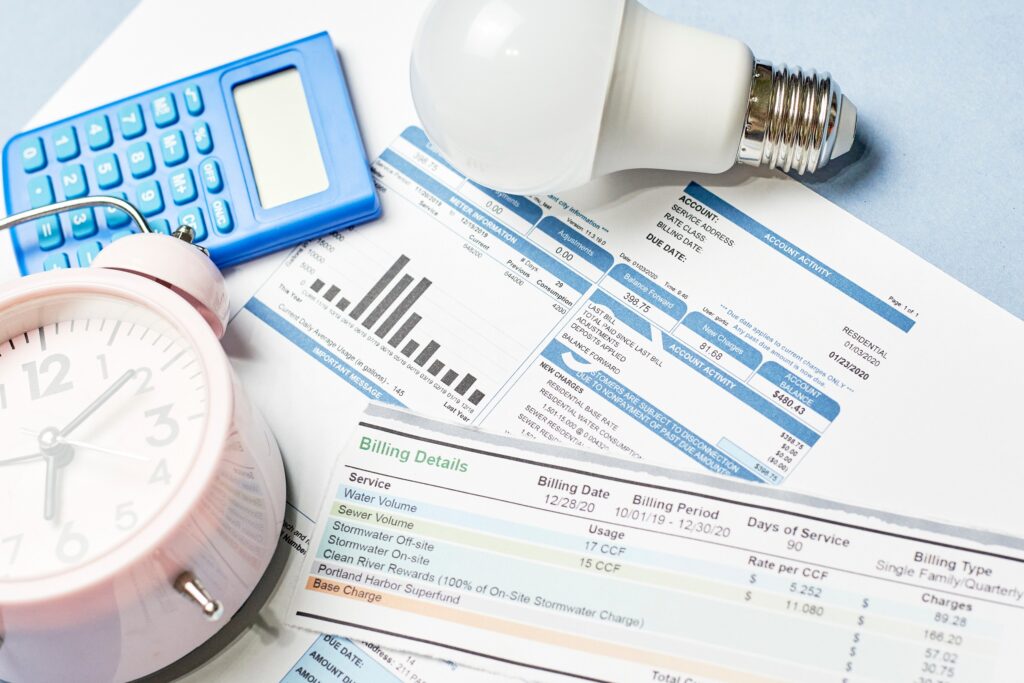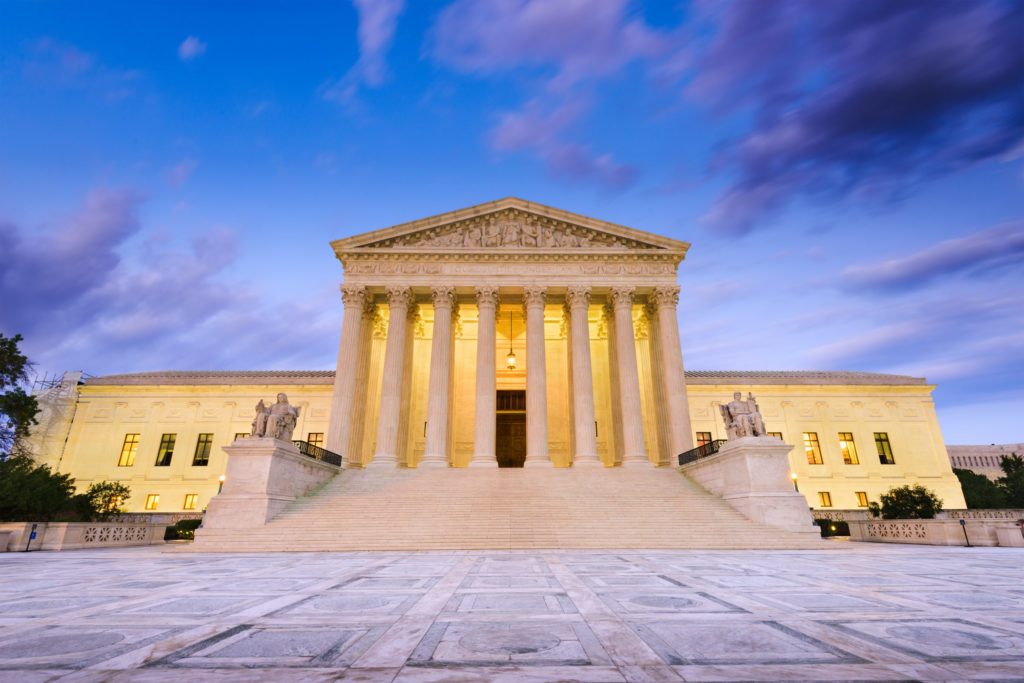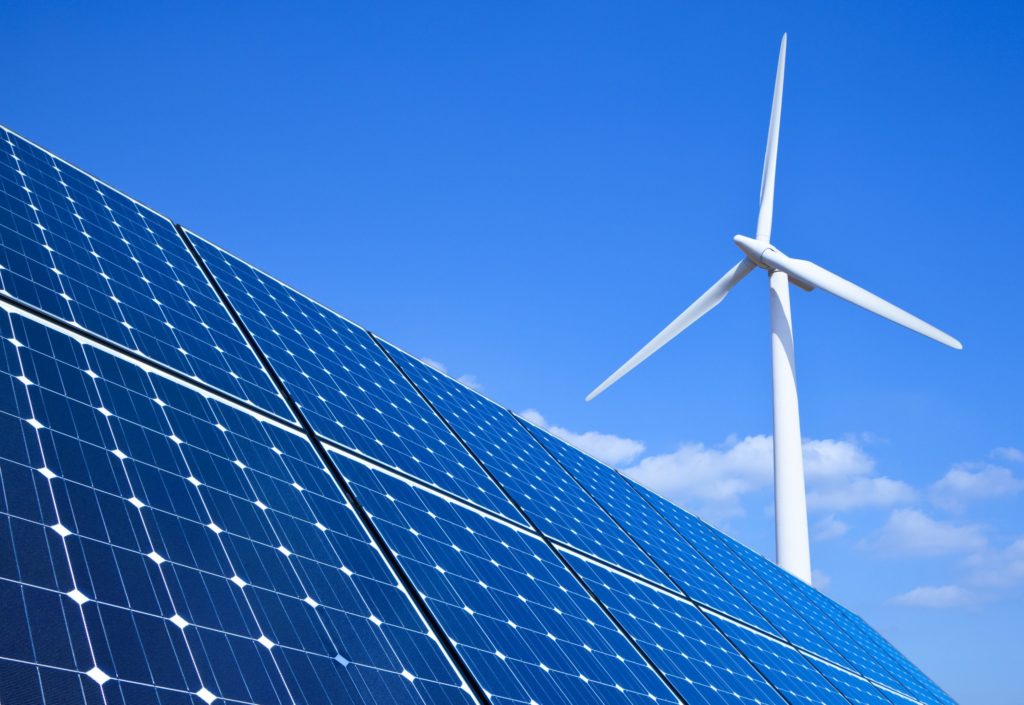Will plugging in your electric vehicle cause a blackout?
A question I am asked surprisingly often is if electric vehicles (EVs) will cause blackouts. The short answer is no, there’s no reason to think the electric grid won’t be able to adapt to the changing makeup of what’s on the road. But the question reflects what I think is an understandable reaction to the often dizzying pace of change, including the promises made about transforming automobile travel in the coming decade.
The Biden administration has announced a goal of having EVs make up half of all new car sales by 2030. The Environmental Protection Agency recently announced proposed new standards for vehicle emissions that it believes would lead EVs to constitute two-thirds of new car sales by 2032. And California plans to prohibit all sales of gasoline-powered vehicles by 2035.
Charging all those cars would take a lot of energy. A study by the U.S. Department of Energy estimated that the average EV would consume around 3.8 megawatt hours of electricity a year. Multiply that by the 278 million vehicles on the road, and you get just over a billion megawatt hours, roughly one-quarter of current annual U.S. electricity consumption.
But before anyone starts stocking up on candles, we need to put these numbers into context. First, all of the goals listed above are for new car sales. Even if that is achieved, most of the cars on the road in 2030 or 2035 will still be gasoline-powered, just as most of the cars on the road today were not purchased this year. It would be decades before gasoline-powered cars cycled out of the market. A recent report by the Edison Electric Institute estimates that in 2030, only one out of 10 vehicles on the road will be electric.
Second, just because the government sets something as a goal does not mean that it will actually happen. Politicians are great at making promises about what will happen by a future date that conveniently comes after they have left office. In 2022, EVs made up 5.8 percent of new car sales. That percentage will increase substantially, but there’s no guarantee it will jump to 50 percent in the next seven years. Accommodating all those vehicles would also require a massive buildout of transportation, charging and transmission infrastructure, something that likely can’t happen on that time scale without major regulatory reform.
In addition, there is a lot of slack in the electric grid, which will help absorb demand growth from EVs. In many regions of the country, the reserve margin (the amount of electric supply in excess of anticipated electric demand) is above 20 percent. The ability of spare capacity is particularly relevant, given that most EV charging is likely to occur at night when power demand has traditionally been low.
That said, there likely will need to be some adjustments made to the grid to accommodate rising numbers of people charging EVs. The fact that EVs charge in relatively quick bursts, rather than over the course of hours, could require more grid flexibility. And the overall increase in EVs will tend to push up electricity demand. But the nature of a market is that it can adapt to changes in demand. Whether it’s gourmet coffee or smartphones, businesses are more than capable of quickly growing capacity to meet increasing demand, and there’s no reason to think that electric markets aren’t capable of adjusting to whatever increase in EVs occurs over the next decade.









